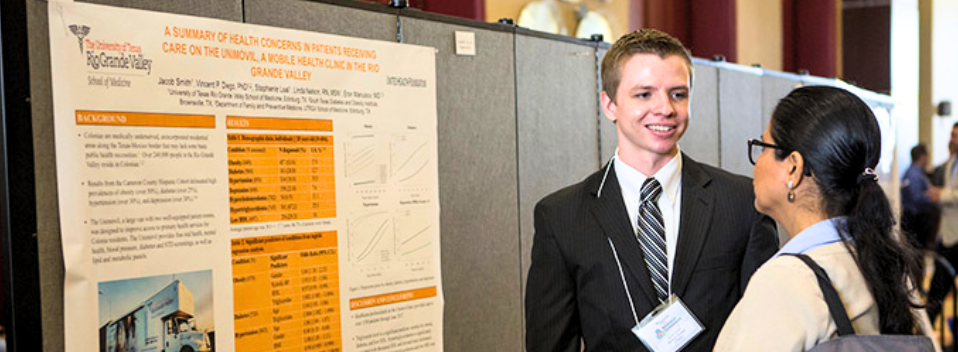MEDI 8127 Scholarly Activities Pre-Clerkship
Document Type
Article
Publication Date
Summer 2022
Abstract
Currently, stroke represents one of the leading causes of death in the USA. Despite recent advances in acute stroke management such as thrombolytic administration and/or endovascular intervention, many patients remain ineligible for these treatments due to delay in treatment. There has been a great emphasis by healthcare professionals on improving “door to needle” time with very encouraging results. Unfortunately, there still exists a gap in these delays, and that is the onset to hospital presentation interval. This study aims at evaluating the time interval from the onset of the symptoms to when the patient presents to the healthcare facility. The identification of factors related to early or delayed hospital arrival may uncover potential targets for intervention in the reduction of these time intervals. A potential intervention includes identifying the most vulnerable age groups or ethnicities and provide age, cultural, or language specific public awareness programs.
We are in the process of performing a retrospective chart review using UT health Rio Grande Valley and Doctor’s Hospital at Renaissance stroke data to identify the pre-hospital times for patients who were diagnosed with a cerebrovascular accident. This includes ischemic/hemorrhagic strokes, and transient ischemic attacks (TIA). Once the times are obtained, the data will be stratified into age, race, and ethnicity. The aim is to identify patterns or factors related to early or delayed symptom recognition and presentation to the healthcare facilities. The section presented in this abstract is part of a larger study including socioeconomic determinants such as the use or lack of insurance, place of residence, and the use of emergency medical services.
Recommended Citation
Garcia Sosa, Elio E., "Influence of Age, Race, and Ethnicity on Pre-hospital Stroke Time Intervals in the Rio Grande Valley." (2022). MEDI 8127 Scholarly Activities Pre-Clerkship. 20.
https://scholarworks.utrgv.edu/som8127/20
Academic Level
medical student
Mentor/PI Department
Neuroscience


